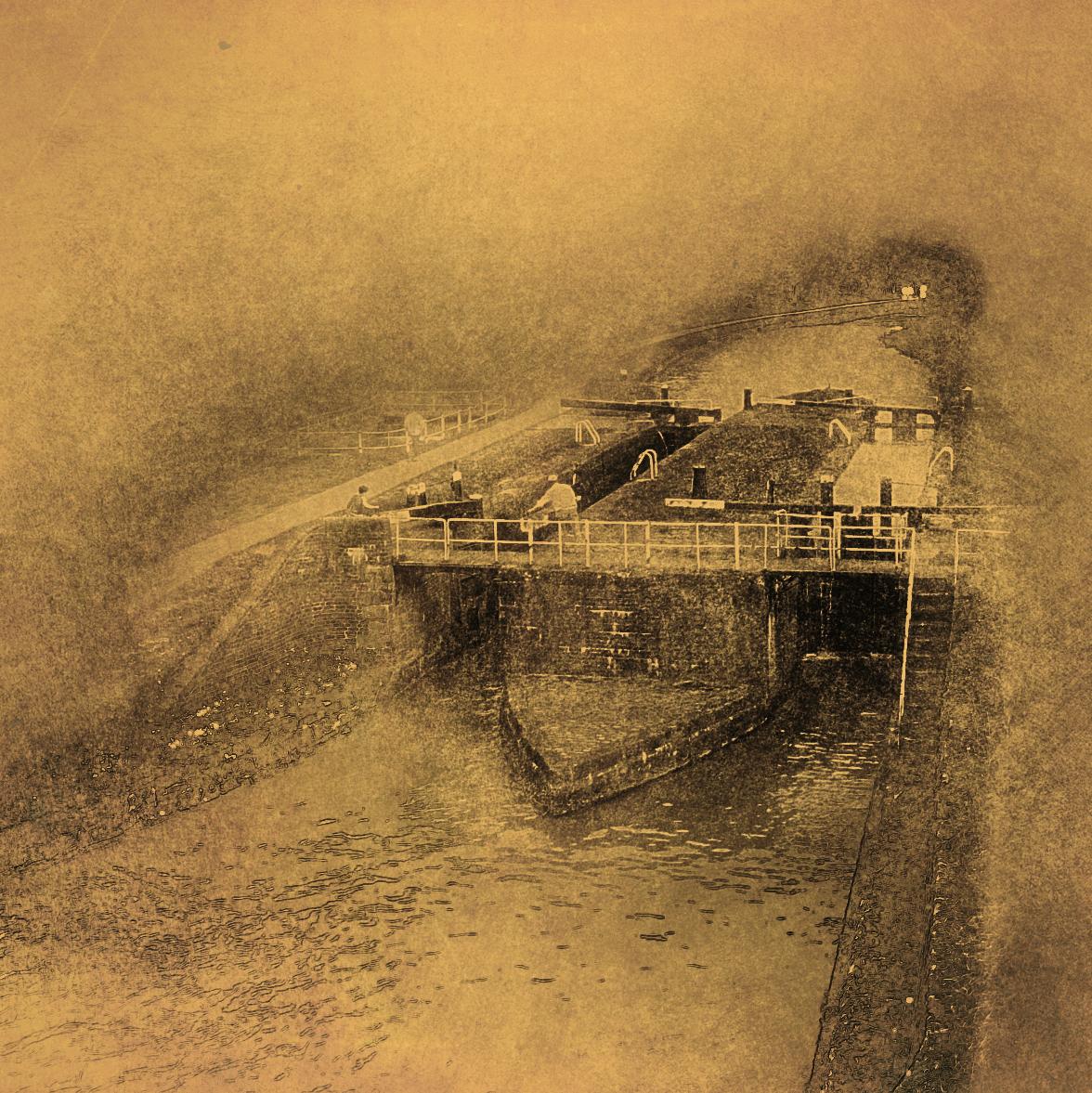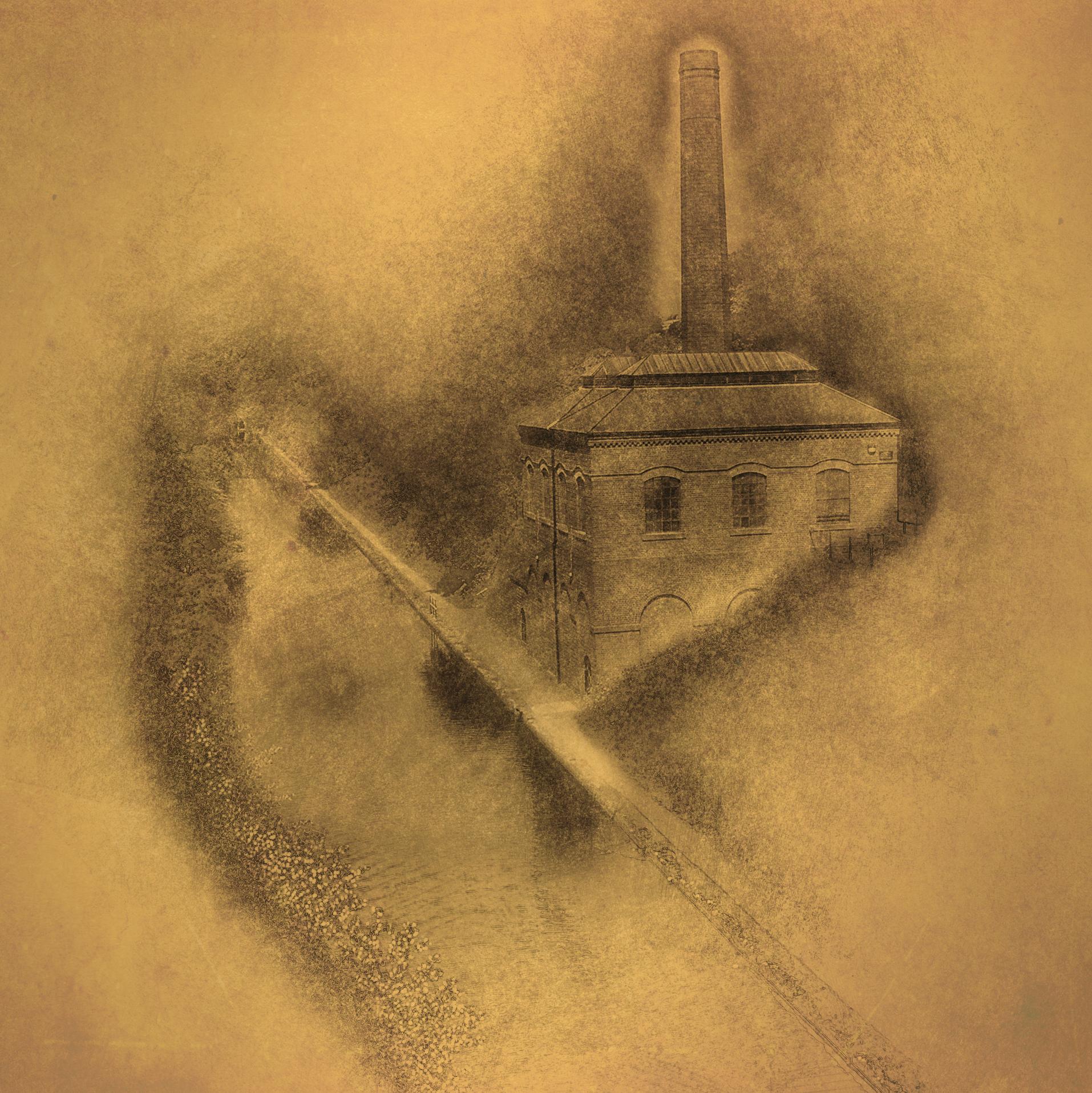
The Birmingham Canal was authorized by Parliament in February 1768, with sponsorship from Matthew Boulton and the Lunar Society, to run from Birmingham to the Staffordshire and Worcestershire Canal near Wolverhampton, on a Brindley plan which was largely level but meandering, with branches to Ocker Hill and Wednesbury, where there were coal mines. Five hundred shares of £140 were subscribed for a total of £70,000, with 23% of the shares bought by manufacturers. The cost overrun to an eventual cost of £112,400, or £4,091 per mile, was covered by short-term loans and subventions from running profits. The first stretch was to Wednesbury, whereupon the price of household coal in Birmingham halved overnight; the full canal of nearly 23 miles with 30 locks was completed in 1772, just before Brindley’s death. There were two separate terminals in Birmingham, as well as a branch to Boulton’s Soho Manufactory; the canal enabled Birmingham’s metalworking industries to serve export markets directly. Smethwick Hill turned out to be too soft for tunnelling, so locks were built; it also proved difficult to ensure adequate water feed to Smethwick Hill, so two Watt engines were installed in 1778 and 1779 to ensure full-time operation.
The Birmingham Canal borrowed another £121,400 from 1784 to 1798 to construct the Birmingham and Fazeley Canal, providing a more direct link to the Coventry Canal; this money was repaid between 1800 and 1819. With this additional leverage and new asset, the canal’s £140 shares were already selling at £900 in 1792 and were divided into eighths for greater convenience; by 1828 an eighth-share was selling for £300, while dividends were 100% on the original £140 shares.

The Coventry Canal was authorized by a separate Act in 1768 with 500 shares of £100, half of which came from Coventry businessmen. Since the canal runs 38 miles north from Coventry to the Trent and Mersey Canal at Fradley Junction, the initial capital was clearly inadequate, being only £1,316 per mile of canal. Brindley was again hired to construct the canal but was fired within a year when the canal ran out of money – his construction standards were allegedly too high. Construction ceased in 1771, by which time the canal had reached Atherstone colliery. Further loan capital of £37,500 was not raised until 1786, and the canal was completed and connected to the Trent and Mersey in 1790. Still, the canal’s long-term profitability was good; by 1834 the £100 shares stood at £610 and paid a dividend of 44% during the 1820s.
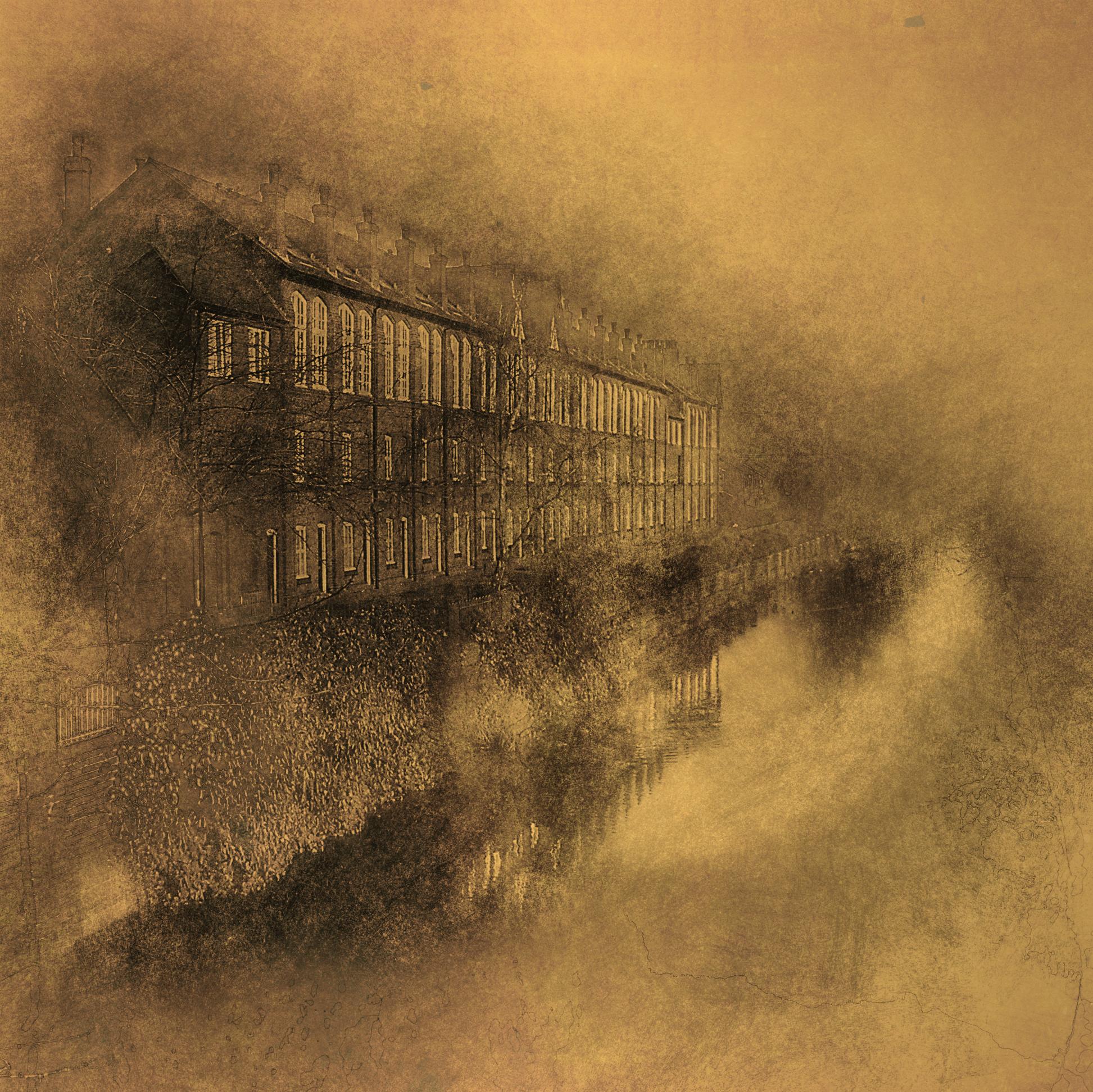
The Leeds and Liverpool Canal was the most ambitious of all these early schemes and the longest canal in Britain, given parliamentary authorization in May 1770 on plans drawn up by the ubiquitous Brindley for a 109-mile canal with a 14-ft width, at a cost of £259,777. The parliamentary authorization specified capital of £260,000, plus another £60,000 callable if necessary. The initial issue was undersubscribed, but the sale of 1,919 shares of £100 was notable for a high 36% subscription by merchant ‘capitalists’. Almost half the initial shareholders came from Yorkshire’s Aire Valley, with other large investments from Liverpool.
The Yorkshire side of the canal reached from Leeds to Gargrave (four miles north-west of Skipton) by 1777; the Lancashire side was built from Liverpool to Wigan by 1781, when the money ran out with a total of 61½ miles built. Work resumed in 1790, proceeding along a more southerly route in Lancashire and financed by an issue of a further 697 shares of £100 par value at prices of £160 and £180, by borrowing £442,154 on mortgage by 1822 and by setting aside toll income.1 The 1,640-yard Foulridge Tunnel, costing £40,000 alone, was completed in 1796, opening the canal across the Pennines from Leeds to eastern Burnley. The canal was then lengthened in several stages, with the main canal opened in 1816 and final completion in 1820, at a cost of £1.2 million, or £9,449 per mile. The canal was quite successful financially despite its huge cost; by 1829, the £100 shares were selling at £470 and paying a dividend of 18%.2 With its access to coal mines, limestone kilns and factories, it was central to Lancashire’s textile industry once steam-powered factories became common.
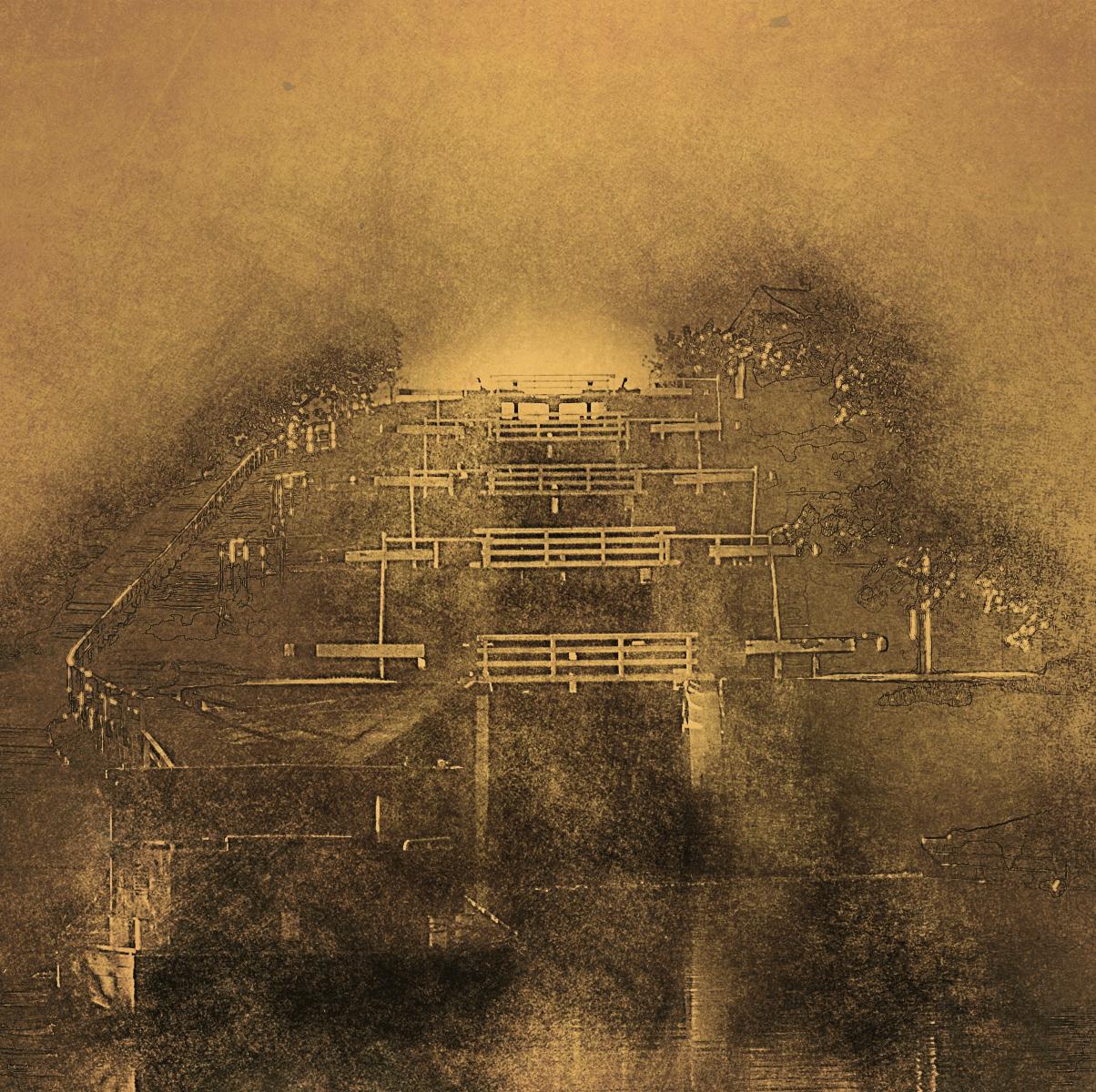
The Oxford Canal was the final link in Brindley’s Grand Cross scheme – it provided the link to the Thames. It was authorized by Parliament in 1769, sponsored by the company’s chairman, Sir Roger Newdigate, the Tory MP for Oxford University, a country gentleman with large landholdings in Warwickshire and Middlesex, who wrote after George III’s accession: ‘Men must love peace, men proscribed and abused for 50 years should be presented with fools’ caps if they make ladders for tyrant Whigs to mount by.’
The canal’s initial capital was £150,000 in £100 shares, but only £122,300 was taken up; a further attempted share issue of £30,000 in 1775 raised only £18,900; the gap was filled by loans of £70,000 in 1775-79 and £60,000 in 1786-90. The largest subscriptions came from Oxford and villages along the canal’s route, with clerical Oxford dons subscribing 13% of the shares and £35,000 of the loan capital. The canal’s route runs 78 miles, from the Coventry Canal at Hawkesbury Lock to Oxford, where it connects with the Thames; its construction was supervised by Brindley until his death. The canal reached Banbury in 1778, where construction ceased for lack of funds. Construction from Banbury to Oxford continued in 1786 on the cheapest possible basis, incorporating part of the River Cherwell, and the canal was finally opened in Oxford on 1 January 1790. It was highly profitable for its first fifteen years, until the Grand Junction Canal’s main section was opened in 1805 – apparently, already in 1790 Newdigate was receiving as annual income the entire amount of his initial investment. The canal was still quite profitable in 1829, paying a 32% dividend with a share price of £670 per £100 share.
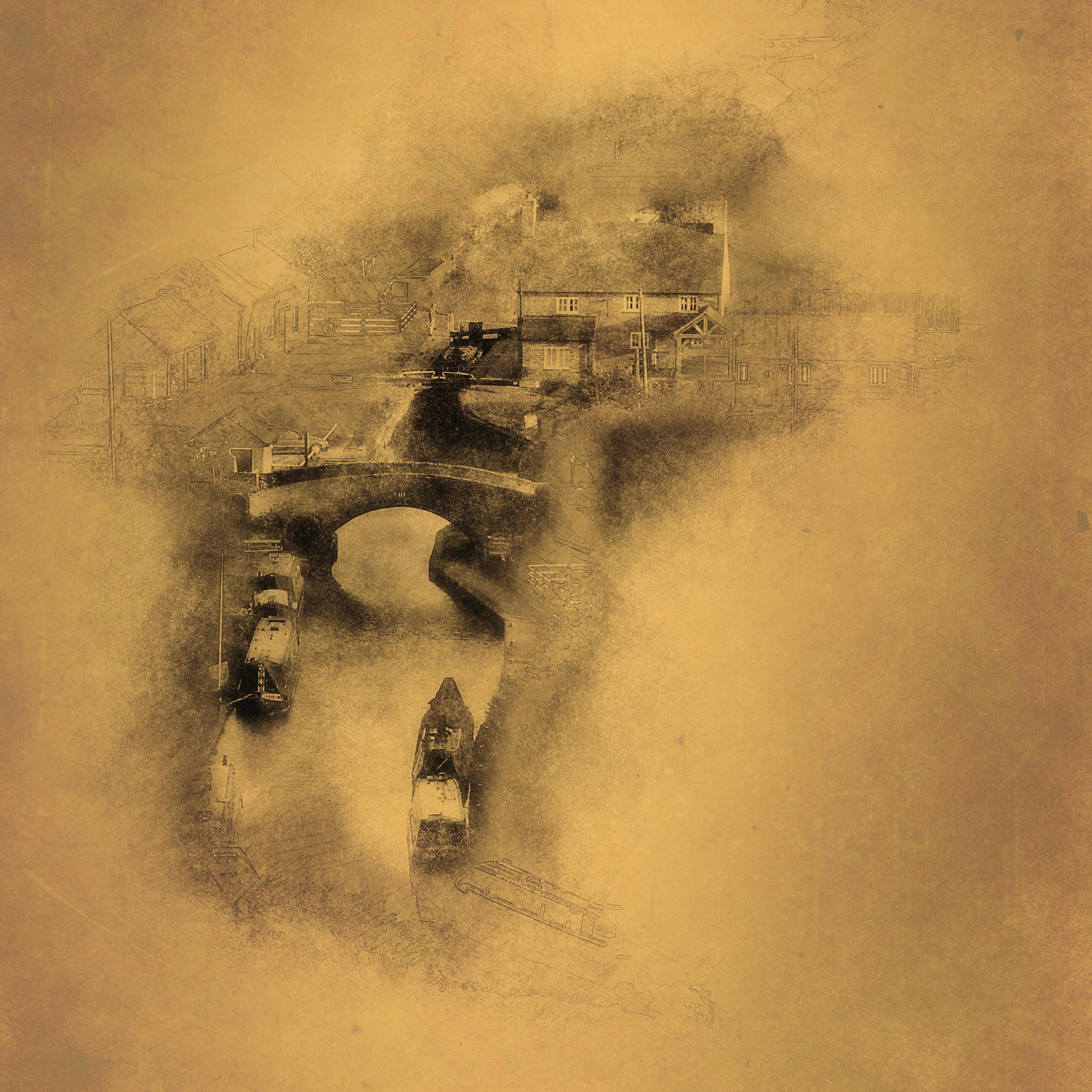
The Staffordshire and Worcestershire Canal appears to have been sponsored partly by Gower, the largest landowner in Staffordshire and the principal sponsor of the simultaneously approved Trent and Mersey. Its capital was £70,000 initially, with an additional £30,000 callable; apart from two peers, about a quarter of the shareholders were landed gentry and just over half were tradesmen, mostly from Wolverhampton and Kidderminster. The canal was 46 miles long, linking the River Severn at Stourport with the Trent and Mersey Canal at Haywood Junction. It had 43 locks, 31 taking it up 292 feet from the Severn to a ten-mile summit before the remaining twelve locks took it down to Haywood Junction. It followed natural contours, minimizing artifacts but making it longer than necessary – its cost per mile was £2,168, the lowest of the early canals. The canal was completed by 1771, albeit with a modest cost overrun, and opened to traffic in 1772, carrying coal from nearby mines to the iron works of John Wilkinson and Abraham Darby III and pottery from Staffordshire to Bristol’s international shipping trade. It was an immediate financial success, profitable into the twentieth century, by 1828 paying a dividend of £40 on each £100 share (for which £140 was paid up) and selling at £800 per share.
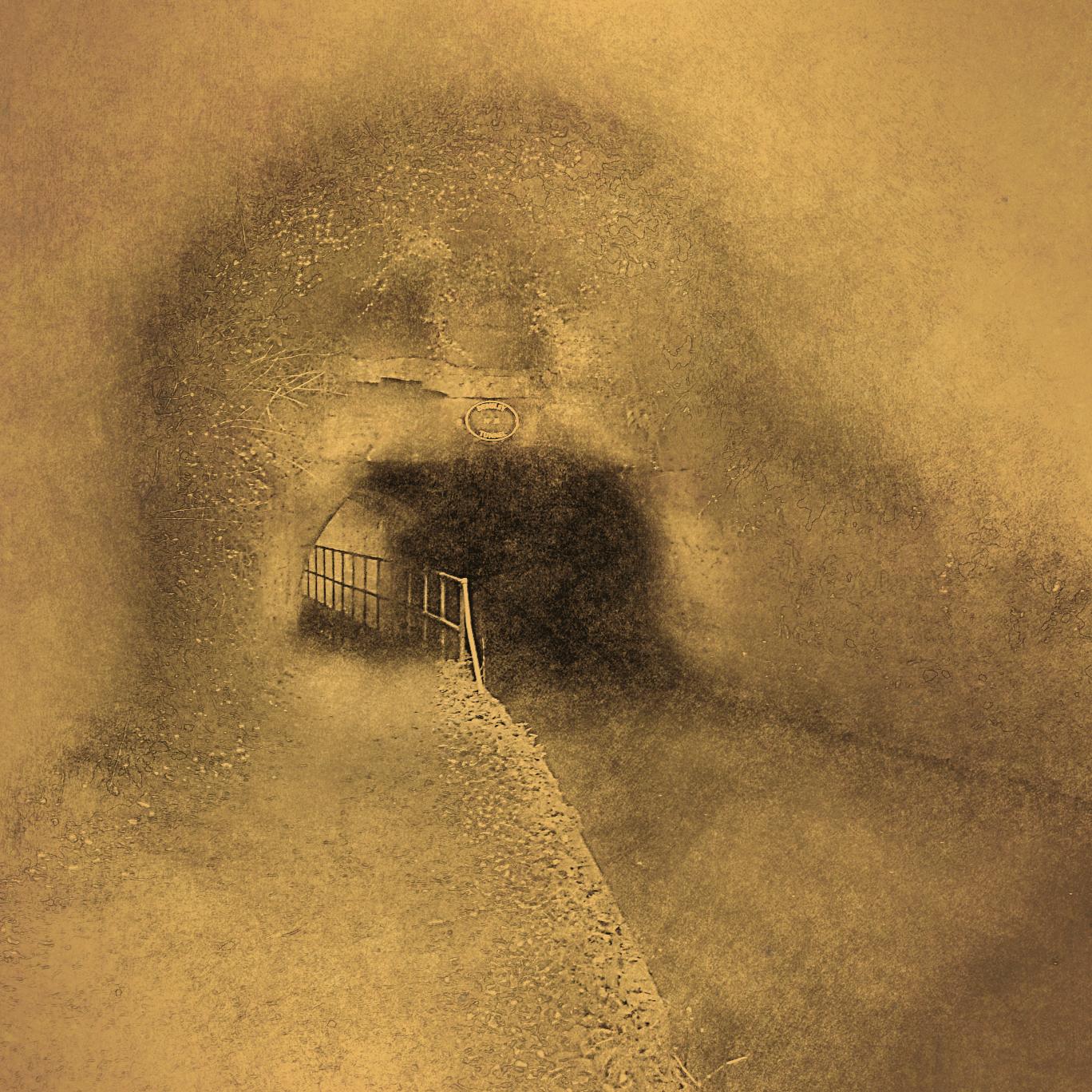
Plans had been drawn up for the Trent and Mersey Canal by James Brindley with Gower’s funding and encouragement before 1759, but nothing further was done because Gower did not want to finance it alone. Wedgwood became interested in 1761 and with Gower worked to secure broad-based local financing. When the canal was authorised in 1766, £66,900 of the authorized share capital of £130,000 had been subscribed. By further Acts of Parliament of 1770, 1775 and 1776, another £166,000 was borrowed, making a total debt and equity capital of £296,000.
Peers put up only 7% of the equity, but Samuel Egerton of Tatton Park, Cheshire, put up £42,750 of the loan capital and landed gentry, including Egerton, held 39% of the shares and 46% of the loan capital. In Staffordshire £140,000 of the share and loan capital was raised but only £19,300 in the Potteries. (The Wedgwood family, who contributed £6,000, were nothing like as rich in 1766 as they later became, but Josiah Wedgwood cut the first sod of soil at the massive celebration on 26 July 1766.) Samuel Egerton (1711-80) was a second cousin of Bridgewater and a Tory MP for Cheshire from 1754 until 1780, described by the ‘Public Ledger’ in 1779 as: ‘A very wealthy country gentlemen, and a Tory in principle. He votes constantly with Government when he attends Parliament and professes a great veneration for Lord North.’
The Trent and Mersey Canal was 93 miles long, from Preston Brook, where it meets the Bridgewater Canal, to the River Trent at Derwent Mouth in Derbyshire. It offered two huge advantages to pottery manufacturers like Wedgwood. First, it greatly reduced the cost of transporting Cornish china clays, which had recently been discovered near St Austell. Second, it enabled potters to avoid the large pottery breakages from road transport – the roads round Burslem were notorious because potters dug them up for the clay, an essential ingredient.
By 1771, when Wedgwood’s Etruria factory opened, most of the canal had been built to Preston Brook, as had the eastern section from Burslem to the Trent. At Kidsgrove Hill, near Stoke-on-Trent, the canal passed through the 2,880-yard Harecastle Tunnel, boatmen propelling their crafts by foot, lying on their backs. The canal’s economics were helped by the fact that Kidsgrove Hill proved to consist largely of coal, which was mined by the Golden Hill colliery, partly owned by Brindley. Moreover, since Kidsgrove stood at the canal’s high point, the steam engine pumping out the mine supplied the necessary water to the canal. Even with this tunnel, the canal’s cost was a relatively modest £3,213 per mile.
The canal was constructed by Brindley to follow the land’s contours; it therefore swings a long way south to meet the Staffordshire and Worcestershire Canal and the later Coventry Canal, before swinging back north to meet the Trent. The full canal was opened in 1777; like the Staffordshire and Worcestershire, the Trent and Mersey Canal was immediately financially successful, paying off its bonded debt, and at the 1825 peak sold for £4,000 per £200 share, paying an annual dividend of £150. The canal was profitable until World War I.
